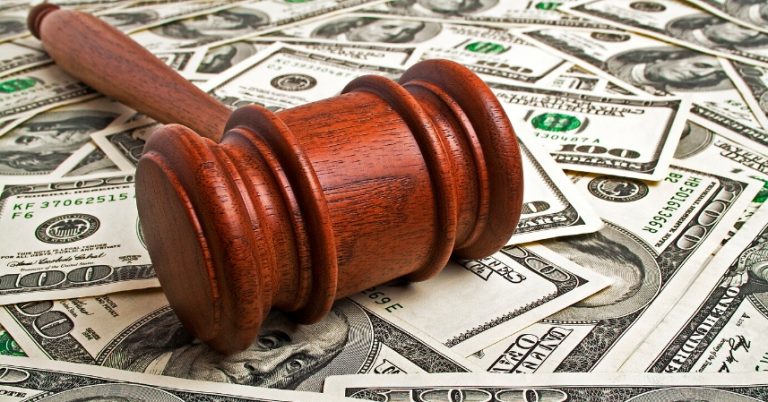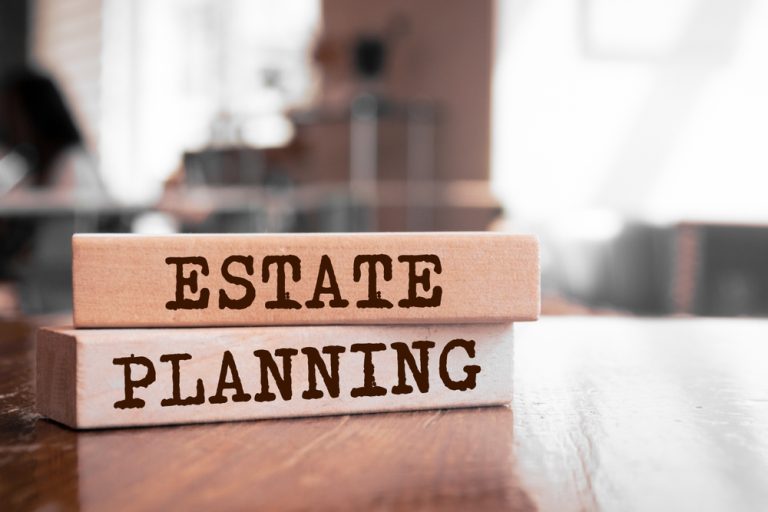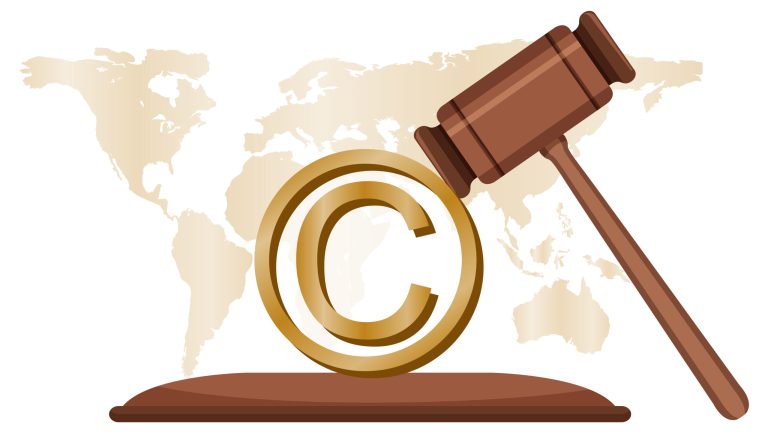
Close-up of economist using calculator while going through bills and taxes in the office.
Facing overwhelming debt is tough. You might feel trapped, anxious, and unsure of your options. But you have choices. Bankruptcy can offer a fresh start. It might seem daunting, but it’s a path some people take to reset their financial lives. When debt becomes too much, exploring bankruptcy is wise. It stops creditors from knocking and can wipe out certain debts. To determine if it’s the best route for you, speaking with a bankruptcy attorney is essential. They can help you understand your situation and guide you through your options. Consider your debt, income, and assets. Understand that bankruptcy isn’t an escape but a tool to reclaim control. It’s important to be informed. Knowing all your options allows you to make the right choice. Remember, seeking help is a step towards relief. You deserve the chance to find peace and stability in your financial life.
Understanding Bankruptcy
Bankruptcy is a legal process that provides a solution when your debts outweigh your ability to pay. It offers two primary paths: Chapter 7 and Chapter 13. Bankruptcy can erase many debts, but it’s not for everyone. Understanding the types can help you decide.
Chapter 7 vs. Chapter 13
| Feature | Chapter 7 | Chapter 13 |
|---|---|---|
| Eligibility | Individuals with limited income | Individuals with a regular income |
| Process Duration | 3-5 months | 3-5 years |
| Asset Protection | May require selling non-exempt property | Keep property, but must pay creditors |
| Debt Discharge | Most unsecured debts cleared | Debt restructuring and partial payback |
When to Consider Bankruptcy
Bankruptcy may be suitable if you’re in a continuous cycle of debt with no foreseeable way out. Consider it if:
- Your debt is more than half your income.
- You’re using credit for essentials.
- You’re facing foreclosure or repossession.
These signs can point to bankruptcy as a viable option. However, it’s important to weigh the consequences.
Consequences of Bankruptcy
While bankruptcy can help, it comes with consequences. Your credit score will drop, making future loans harder to get. It stays on your credit report for up to ten years. Understand these effects before making your decision.
Alternatives to Bankruptcy
Before filing, explore other options. Debt consolidation and settlement can reduce the amount you owe. Credit counseling offers guidance on managing your finances. These alternatives can be effective and less damaging.
Steps to Filing Bankruptcy
If you choose to file, begin by gathering financial documents. These include bank statements, pay stubs, and tax returns. Next, complete a credit counseling course. Then, file a petition with your local bankruptcy court. Having a bankruptcy attorney can help you navigate these steps. They offer advice tailored to your situation.
Resources for Support
Access government resources to aid your decision. The U.S. Courts Bankruptcy Basics page provides detailed information on the process. Additionally, visit the Consumer Financial Protection Bureau for advice on managing debt and using bankruptcy wisely.
Conclusion
Bankruptcy is a tool, not a failure. It’s a way to regain control when debt becomes unmanageable. Consider your situation carefully, weigh the pros and cons, and explore alternatives. Talk to professionals who can guide you. Making an informed decision leads to a brighter financial future. Remember, you’re not alone in this journey. Seek the support you need to find your path to financial peace.




